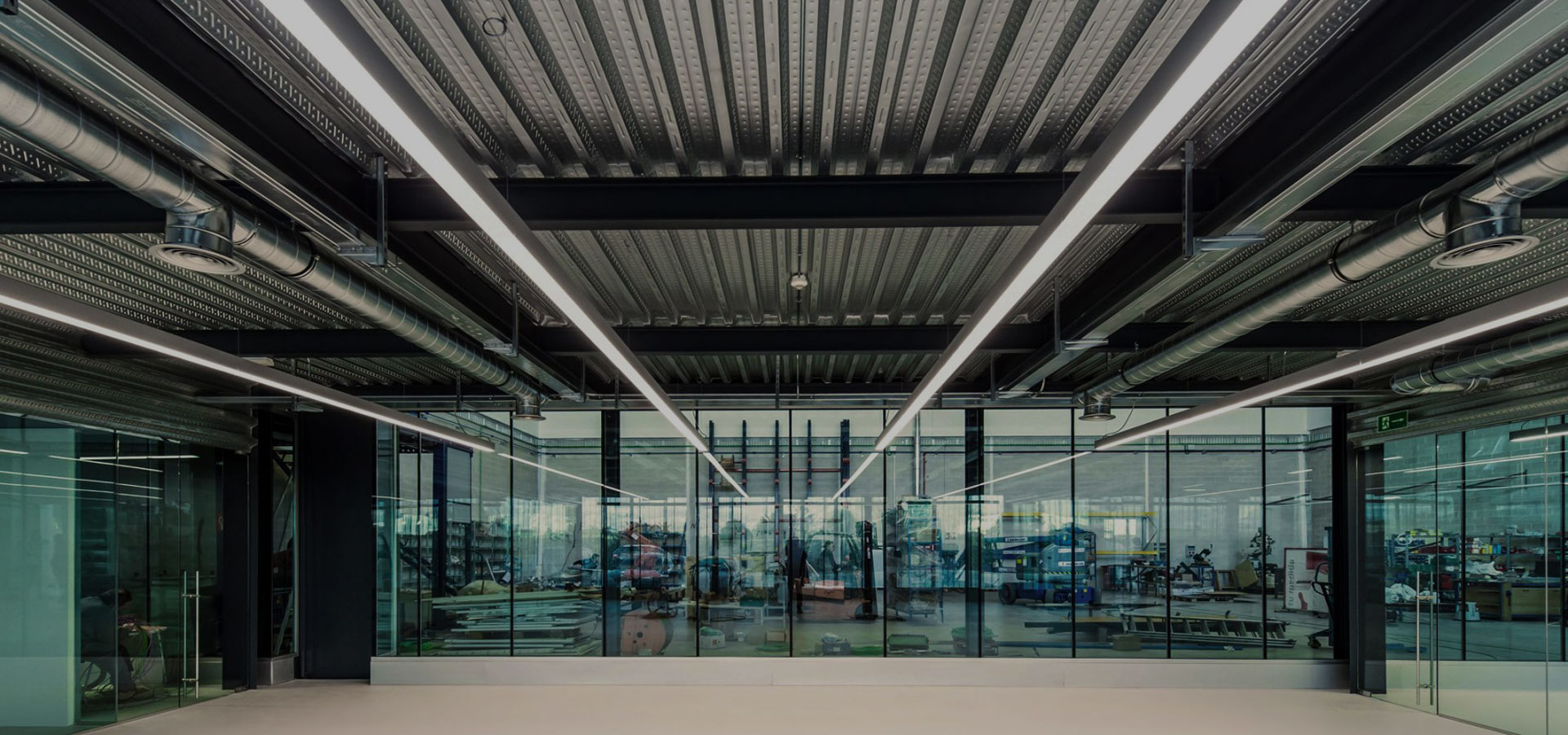Within the cutthroat environment of retail, standing out is imperative nowadays. Retail refurbishment plays a crucial role in both revitalizing your brand but also improving the overall shopping experience of customers. With changing consumer preferences and new trends, updating your store's design elements can be the solution to increasing sales and attracting new clientele. It is no longer just about a fresh coat of paint; it involves crafting an immersive environment that aligns with your brand values and engages your customers on a more profound level.

As store layouts and aesthetics evolve, understanding what makes a refurbishment successful can give your business a considerable edge. Whether you are considering a full-scale overhaul or minor updates, well-executed retail refurbishment can convert your space into a stylish shopping hub. From choosing the right color scheme and lighting to using sustainable materials, each design decision contributes to the customer experience. This article explores the necessary elements of retail refurbishment that make your store not just attractive but additionally functional, guaranteeing it remains meet the demands of today's shoppers.
Understanding Commercial Refurbishment
Retail refurbishment refers to the process of updating and refreshing a commercial space to improve its visual appeal, functionality, and customer experience. This can include a variety of design aspects, such as altering the layout, updating fixtures and displays, enhancing lighting, and introducing a fresh color scheme. https://refurbishmentsuk.co.uk/best-retail-refurbishment/ of refurbishment is to create a welcoming environment that draws in customers and encourages them to spend more time browsing.
There are several reasons why a commercial store might require refurbishment. Over time, market trends and consumer preferences evolve, and what was once attractive may no longer connect with customers. Additionally, wear and tear can impact the structural condition of the store, leading to a dated appearance. Refurbishment tackles these issues by refreshing the brand image and syncing the store with the current trends, ultimately driving sales.
Furthermore, retail refurbishment can improve operational efficiency by streamlining the store layout. A well-designed space not only enhances the shopping experience but also promotes better staff workflow. As brands strive to make a lasting impression, effective refurbishment can position a store as modern and responsive to customer needs, ensuring its significance in a fast-paced market.
Strategy Methods for Efficient Revamp
When setting out on a retail refurbishment, the layout method you select can substantially affect the overall performance of the project. Begin by concentrating on the arrangement; a well-considered space can promote better shopper flow and enhance interaction. Consider rearranging shelves and products to create highlights and ensure that in-demand items are readily accessible. A thoughtful design encourages discovery and can lead to increased time spent, positively shaping buying decisions.
Color choices play a vital role in establishing the tone and feel of your store space. Choosing the right colors can inspire desired emotional responses from customers, making them feel welcome. Aim for a harmony between your brand identity and current design fads to create an inviting space. Incorporating bold accent colors can highlight on particular sections or promotions, while gentler shades can function to create a more calming shopping atmosphere.
Brightness is another core aspect to consider when refurbishing your retail space. Effective lighting highlights item displays and enhances the overall shopping experience. Assess the use of both sunlight and artificial light sources; well-positioned fixtures can create inviting shadows and highlight key merchandise. Moreover, think about green lighting options that simultaneously lower costs but also aid to sustainable practices, drawing in to environmentally conscious consumers.
Financial Planning and Sustainability in Retail Renovation
Budgeting for a retail refurbishment demands a sharp understanding of your financial limitations while striving to integrate eco-friendly methods. It's crucial to identify the aspects of the refurbishment that can be enhanced without exceeding your budget. Allocating a portion of your budget for eco-friendly materials and energy-efficient installations can lead to long-term savings, despite possible higher upfront costs. A well-planned budget should reflect both the immediate needs of your store and the overall eco-friendly objectives you wish to attain.
Integrating sustainability into your refurbishment also means considering how decisions affect future operating costs. For example, investing in LED lighting not only improves the store's ambiance but substantially reduces energy expenses over time. Moreover, using sustainable materials can contribute to a healthier environment for both customers and employees. Striking a harmony between aesthetic appeal and eco-friendliness is key to modern retail refurbishments, rendering it a fundamental aspect of your budget planning.
In conclusion, aligning your refurbishment budget with sustainable practices can significantly enhance your brand’s reputation while drawing in eco-conscious consumers. By prioritizing energy-efficient systems, sustainable materials, and thoughtful design, retailers can create a space that resonates with modern values. This strategy not only supports a responsible business model but also enhances a unique shopping experience that aligns with consumer expectations in today's market.
